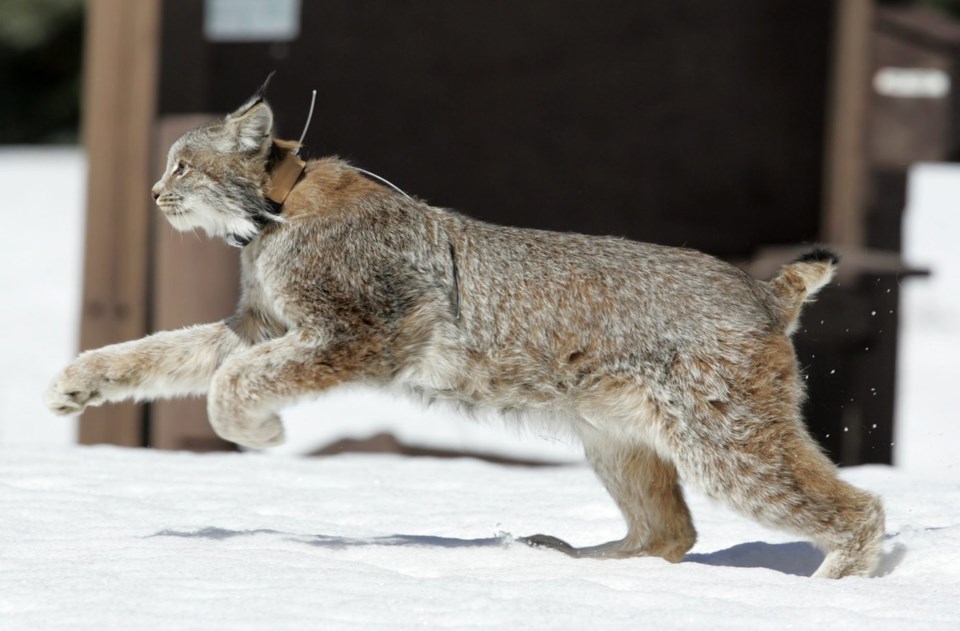EDMONTON, ALBERTA, CANADA — Alberta Forestry Minister Todd Loewen says the decision to lift limits on trapping and harvesting for animals like wolverines is being done to get more data on how many there are.
Until recently, trappers on Crown land were almost entirely prohibited from trapping wolverines, and less prohibitively lynx, river otters and fishers -- but Loewen's decision means it's now open season on all four.
Speaking to delegates at the Rural Municipalities of Alberta conference Thursday, Loewen said it was impossible for him to defend the virtual ban on these fur-bearing creatures that was previously in place because current population numbers for the animals are not known, especially in the case of wolverines.
One of the most recent population estimates for wolverines in Alberta, completed in 2003, estimated fewer than 1,000 breeding ones left in the province.
Loewen said by lifting the limits, government officials and conservationists will get a better understanding of the overall health status of each species through the data collected by trappers.
"They keep track of the effort that it takes to harvest different animals, and (trappers') logbooks will help us gain that data that we can use to go forward and properly make a quota system that actually makes sense," Loewen said in an interview.
"I think it'll take a year or two to gather the data that we need."
Loewen said the government's plan is to rely on biologists and other professionals to determine what future trapping limits should be once the needed data is gathered.
Conservationist Ruiping Luo, with the Alberta Wilderness Association, says she thinks the government should find a way to collect the data without killing or harvesting the animals.
"If we don't have enough data, we should follow the precautionary principle," she said. "If we don't have enough data, then we shouldn't be allowing this kind of harvest when we don't know whether or not it's sustainable."
Luo, who said river otters and Canada lynx were nearly eradicated a century ago by hunting and trapping, said any further loss or damage to the populations of these species could create a domino effect with consequent harm to ecosystems.
"We know that as biodiversity is lost, we lose the health of that ecosystem, and as the health of that ecosystem is lost, we lose a lot of the ecosystem services," she said.
"Including things like filtering toxins out of air and water, including things like habitat for pollinators that are important for agriculture, and including things that are essentially land degradation."
Loewen said that a data collection effort could be undertaken that doesn't involve trapping the animals, but also noted there are more than 1,600 trappers in Alberta -- a workforce that couldn't be matched by other professions.
"It'd be really hard for us to replace that kind of local ecological knowledge by having maybe a few biologists run around trying to gather that data," he said.
"I think we're in a good shape here now as far as having the best opportunity to gather the most data."
Bill Abercrombie, the president of the Alberta Trappers Association, agreed, saying trappers feel a significant level of responsibility for animal sustainability.
"We are eager to take this to the next level and fulfil that responsibility," he said.
"It is critical that we manage responsibly and effectively on all species in order that we can keep those populations in the habitat that we still have left viable and intact."
This report by The Canadian Press was first published Nov. 7, 2024.
Jack Farrell, The Canadian Press




